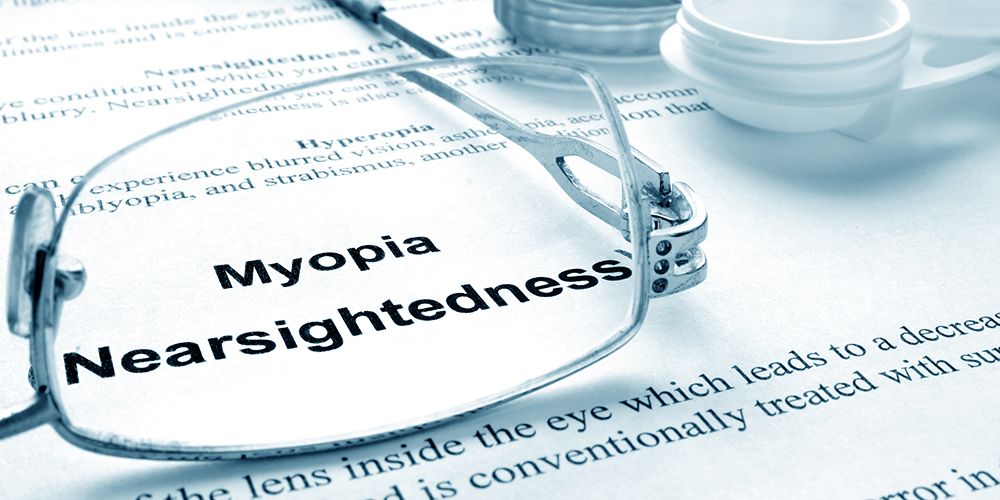What is Myopia?
 The human eye is a marvel of precision biology. And like any finely tuned device, or organ, it can get out of tune.
The human eye is a marvel of precision biology. And like any finely tuned device, or organ, it can get out of tune.
When the eyeball works perfectly, light enters through the pupil and cornea and is focused on the back wall of the eyeball, known as the retina. The retina, sensitive to light, conveys the image to the brain for processing.
But for various reasons —an elongated eyeball, a curved cornea or a thicker-than-normal lens — sometimes the light that enters through the pupil may not focus precisely on the retina. Instead, it may focus at some other point in the eyeball, such as a millimeter in front of the retina.
When that happens, images may be blurry. This condition is called myopia. It’s commonly referred to as nearsightedness, because people with myopia typically can see clearly at close distance, but struggle to see distant objects clearly. The good news is that myopia is easily correctable; many of the people who wear glasses do so in order to correct the eyeball’s point of focus.
Researchers, like those at the Pacific University College of Optometry, are working to reduce myopia and its effects around the world. The latest effort: Participation in a national study of an eye drop designed to slow the progression of myopia in children. Pacific is looking for school-age children who have been diagnosed with myopia to participate in the study. Participants will receive all study-related visits, eye exams, and eye drops for free, along with a yearly allowance for glasses and/or contact lenses.


